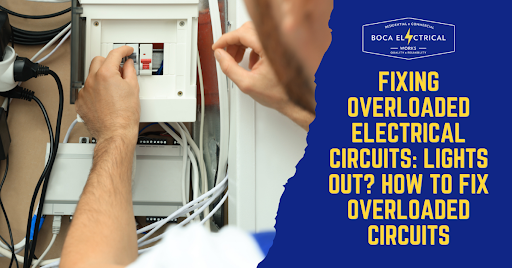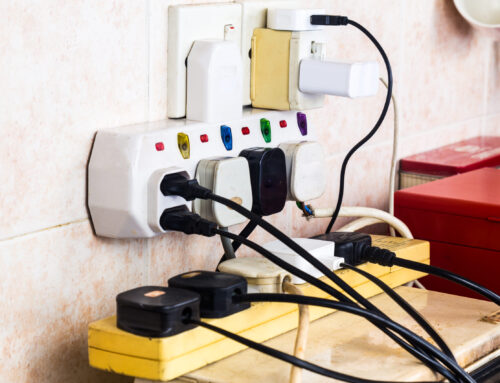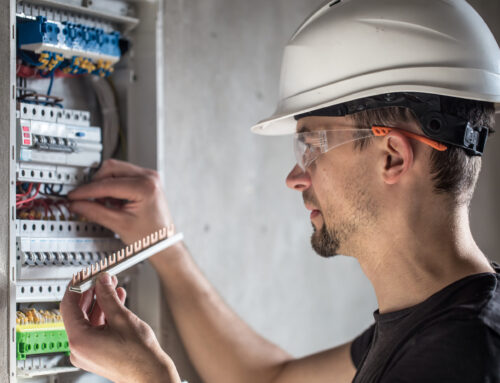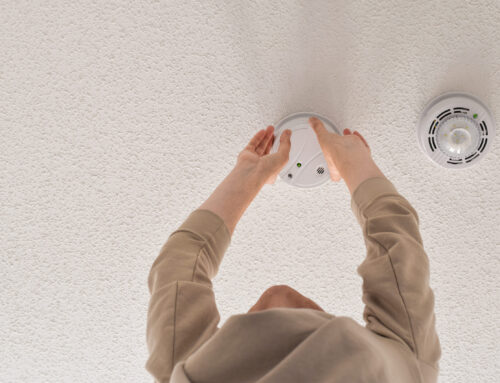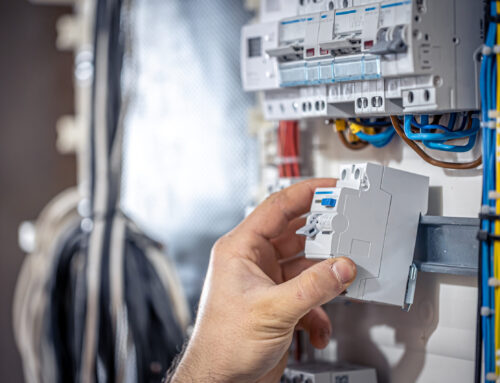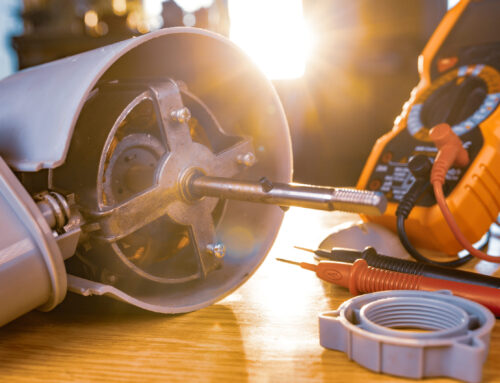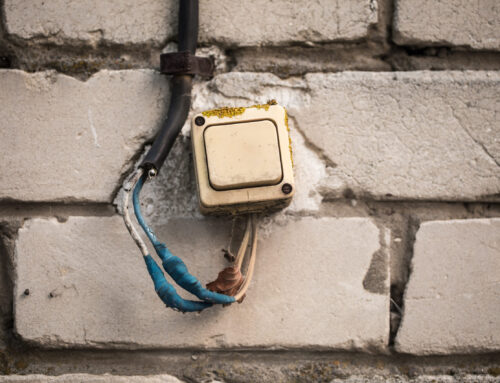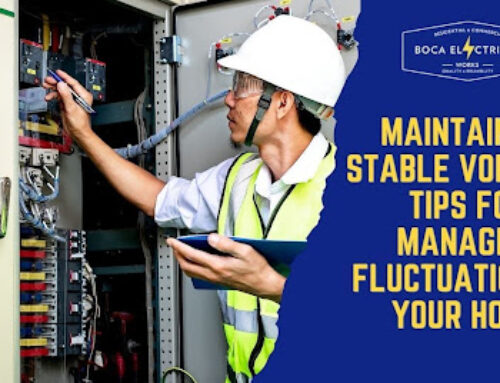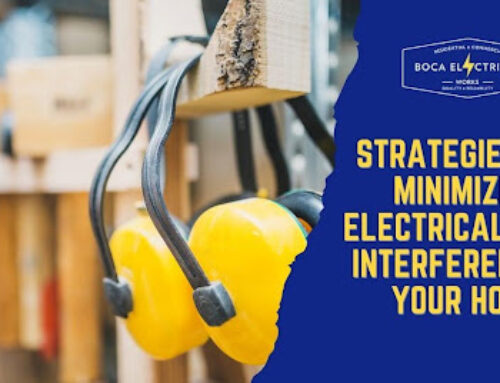In today’s tech-driven world, electricity is essential for modern living. However, the surge in electronic devices raises the risk of overloaded circuits, emphasizing the critical need to address short circuits and overloads due to potential dangers and daily disruptions.
This blog post explores the vital task of fixing overloaded electrical circuits, highlighting the dangers of neglecting the issue. Join us as we navigate the intricacies of identifying, troubleshooting, and fixing overloaded circuits to maintain a well-lit and hazard-free environment.
Understanding Short Circuit Electricity
Short circuit electricity occurs when a low-resistance path forms between two conductors, causing a direct, unintended flow of current. Unlike circuit overloads, short circuits involve a sudden, excessive current that can bypass the normal load.
- Differences from Circuit Overloads:
-
- Circuit overloads result from excessive demand, surpassing the circuit’s capacity, whereas short circuits involve unintended current paths.
- Overloads may build up over time, while short circuits are often immediate and can cause abrupt disruptions.
- Common Causes of Short Circuits:
- Faulty Wiring: Damaged or exposed wires can create unintended connections.
- Faulty Appliances: Malfunctioning appliances can lead to short circuits.
- Moisture or Water Damage: Presence of water can create conductive paths, triggering short circuits.
- Potential Risks:
-
- Fire Hazard: Short circuits generate intense heat, posing a high risk of electrical fires.
- Appliance Damage: Rapid current flow can damage connected appliances, rendering them inoperable.
- Electrical System Damage: Short circuits can harm the overall electrical system, necessitating costly repairs.
Understanding short circuit electricity is crucial for identifying and addressing immediate electrical threats, differentiating it from circuit overloads and recognizing common causes to mitigate risks effectively.
Signs of Overloaded Circuits
In the quest for a safe and efficient electrical system, recognizing the early signs of overloaded circuits is paramount, as it enables homeowners and businesses to proactively address potential issues before they escalate into hazards or disruptions.
Visible Indicators:
- Flickering Lights: Lights dimming or flickering, especially when using multiple appliances.
- Tripping Circuit Breakers: Frequent tripping of circuit breakers, indicating excessive current demand.
- Warm Switch Plates or Outlets: Heat emanating from switches or outlets, suggesting overloading.
- Burning Smell: A noticeable burning odor near electrical outlets or appliances.
Early Detection Benefits:
- Prevent Fire Hazards: Recognizing flickering lights or burning smells can prompt early intervention, preventing potential electrical fires.
- Avoid Appliance Damage: Identifying signs like tripping breakers helps prevent damage to connected appliances due to prolonged overloading.
- Preserve Electrical System Health: Early detection allows homeowners or businesses to address the issue promptly, preserving the overall health of the electrical system.
- Energy Efficiency: Addressing overloads helps maintain a balanced electrical load, contributing to energy efficiency and reducing utility costs.
Understanding these visible indicators of overloaded circuits empowers homeowners and businesses to take proactive measures. Early detection not only prevents immediate disruptions but also safeguards against long-term damage, ensuring a safe and efficient electrical environment.
DIY Troubleshooting for Circuit Overloads
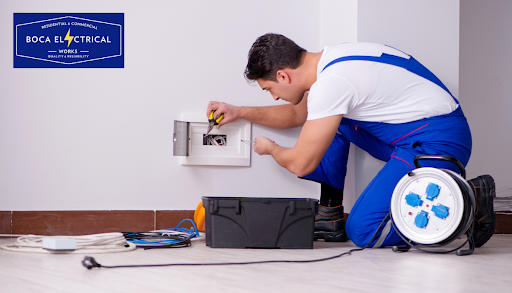
Dealing with circuit overloads doesn’t always require professional intervention. Here’s a step-by-step guide to help you troubleshoot and resolve circuit overloads on your own, ensuring a safe and uninterrupted electrical supply.
- Identify and Isolate Affected Circuit:
-
- Turn off and unplug devices.
- Locate and reset the tripped circuit breaker.
- Distribute Load:
-
-
- Balance connected devices across multiple circuits.
- Avoid overloading a single circuit with high-powered appliances.
-
- Check for Faulty Devices:
-
- Inspect devices for damage or malfunction.
- Unplug and assess each device separately.
- Consider Upgrading Circuit Capacity:
-
- Upgrade circuit capacity if overloads persist.
- Consult a qualified electrician for safety compliance.
- Implement Preventive Measures:
-
- Install surge protectors for electronics.
- Conduct regular maintenance, inspecting wiring and labeling the circuit breaker panel.
- Seek professional assistance if troubleshooting efforts are unsuccessful or if uncertain.
Preventive Measures and Best Practices
In the pursuit of a safe and efficient electrical system, adopting preventive measures and best practices is paramount to ward off the risks associated with circuit overloads. By proactively implementing these measures, individuals can ensure the longevity of their electrical infrastructure and enjoy a hassle-free power supply.
- Distribute Electrical Loads:
-
- Spread the load across multiple circuits to prevent overloads.
- Place high-powered appliances on separate circuits for even distribution of electrical demands.
- Regularly Inspect Wiring:
-
- Perform routine checks for damaged or frayed wiring.
- Address wear and tear promptly to prevent potential overloads and minimize safety risks.
- Install Surge Protectors:
-
- Use surge protectors to safeguard sensitive electronics against power spikes.
- Prevent device damage and reduce the likelihood of overloading the circuit.
- Label Circuit Breaker Panel:
-
- Clearly label each circuit on the breaker panel for quick identification during troubleshooting.
- Prevent confusion, ensuring efficient and accurate responses during electrical issues.
- Upgrade Electrical System when Necessary:
-
- Consider upgrading the electrical system if demands consistently exceed capacity.
- Consult a qualified electrician to assess and implement necessary upgrades for optimal performance.
Key Takeaway
Proactive measures, including load distribution, wiring inspection, surge protectors, labeling, system upgrades, and user education, form a robust strategy against circuit overloads, ensuring a resilient and efficient electrical setup. Timely intervention, such as monitoring consumption patterns and professional inspections, is essential for fostering a safe, reliable, and uninterrupted power supply, emphasizing the longevity and security of the electrical infrastructure.
People Also Ask
Navigating the complexities of electrical systems requires a solid understanding of potential issues, such as short circuit electricity and circuit overloads. Here are answers to some commonly asked questions to enhance your awareness and promote electrical safety.
What is the main difference between short circuit electricity and circuit overloads?
Short circuit electricity involves an unintended direct flow of current due to a low-resistance path, while circuit overloads occur when the electrical demand surpasses the circuit’s capacity, leading to potential hazards.
What are the common signs of a short circuit in my home?
Signs include sudden power outages, flickering lights, or the smell of burning near electrical outlets. Prompt attention to these indicators can prevent potential dangers associated with short circuits.
How can I prevent circuit overloads at home?
Distribute electrical loads evenly across circuits, regularly inspect wiring for damage, and use surge protectors to prevent overloads. Labeling the circuit breaker panel and educating users on electrical safety are also crucial preventive measures.
Can I attempt DIY circuit repairs for overloads?
For minor issues like tripped circuit breakers, you can safely reset them. However, if problems persist or are more complex, it’s advisable to seek professional help to ensure proper repairs and maintain safety standards.
What should I do if I suspect a short circuit in my home?
If you suspect a short circuit, immediately turn off the power to the affected area and refrain from using any electrical devices. Consult with a qualified electrician to identify and address the root cause of the short circuit for a safe resolution.
Bocaelectrical: Your Trusted Partner in Electrical Excellence
Looking for Professional Electrical Services? Contact Bocaelectrical Today!
At Bocaelectrical, we are committed to delivering top-notch electrical services with a focus on safety and excellence. Our mission is to ensure your peace of mind by providing reliable solutions for all your electrical needs. Whether you are facing issues with short circuit electricity, circuit overloads, or require general electrical services, our skilled professionals are ready to assist you.
Contact us today and experience the Bocaelectrical difference!
Get in touch for professional and trustworthy electrical services that prioritize your safety and uphold the highest standards of excellence.


